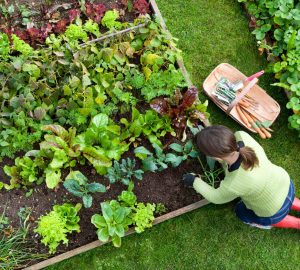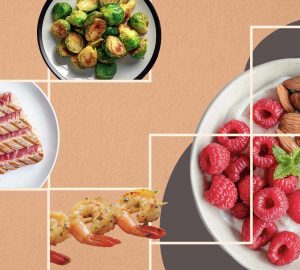Lipedema is a fat disease that affects fat distribution and accumulation throughout the body. Those who suffer from lipedema often have a significantly disproportionate lower half compared to their upper body; this is the most common form of lipedema, though there are cases where fan accumulation occurs in the arms instead. Unfortunately for those with lipedema, there is no known cure. Read on to see what foods to eat—and what foods to avoid—to help improve your lipedema symptoms.
There is some hope for lipedema patients though, as new techniques are continually emerging that can help alleviate symptoms. One of the ways patients can try to control their lipedema symptoms is through diet. Certain foods can exacerbate the buildup of fat and acid in the tissue, leading to an increase in lipedema’s tissue accumulation. The RAD diet, developed by Dr. Karen Herbst, focuses on highlighting key nutrients while avoiding foods that can feed lipedema.
Proteins
Protein is an important part of any diet. Protein is used to build and maintain muscle, but it is also a good source of energy for the body. Chicken, egg whites, and fish are all good sources of protein. You should completely avoid red meats, like beef and pork, because they have high fat and sialic acid content. Vegetarians can receive protein content through black beans, lentils, chick peas, and other legumes.
Dairy
It is recommended that lipedema patients avoid dairy, as milk, cheese, and other dairy products contain sialic acid. Instead, try almond, rice, or coconut milk. These substitutes are much healthier, but are very similar to dairy milk. Make sure the substitute you choose is low in fat and carbohydrates.
Grains & Carbs
Many diets choose to eliminate carbs completely, but the RAD diet still allows for some consumption of carbs. Focus on eating only whole grains rather than simple carbohydrates. Brown and wild rice, quinoa, and buckwheat are healthy grains, while you should avoid wheat, flour, and white rice. Additionally, sweet potatoes are good for you, but white potatoes are a no-go. While buying food from the market, you can look at the food labels and pick the high-carb products
Fats
Omega-3 fatty acids are your friend. These can be found in nuts, avocado, olives, and fish—which is also a good source of protein! Nearly all processed foods are high in fat and should be avoided. A good rule of thumb is to eat foods where less than 30% of the total caloric content comes from fat, especially saturated fat.
Other Foods to Consider
A diet filled with fruits and vegetables is highly recommended. Leafy green vegetables provide a variety of important nutrients to the body. You can get a large variety of nutrients by including fruits and vegetables of many different colors in your meals.
Dark chocolate is another food you should add to your daily regimen—in moderation. Dark chocolate contains important antioxidants and bioflavonoids that offer anti-inflammatory properties which are very useful for lipedema patients. One square of dark chocolate per day is a good source of these nutrients, as well as a tasty snack!
Check out Spice N Tice meal prep spices to add some great flavour to your meals.
Practice Repeatable Habits
As with any diet, the easiest way to stick with it is to make it something repeatable. If you feel like you are depriving yourself too much, you will backslide. The RAD diet does allow for the consumption of caffeine and alcohol in moderation, as well as natural sweeteners such as honey, maple syrup, and Stevia. Include a few treats throughout your weekly meal plan while sticking to mostly all-natural and organic choices, and you will be able to enjoy your meals while still staying healthy.
About the Author
Brian Bates works in conjunction with Dr. Wright of the Laser Lipo and Vein Center in St. Louis to spread awareness for vein disease, skin cancer, lipedema, and other health issues. Click here to learn more







